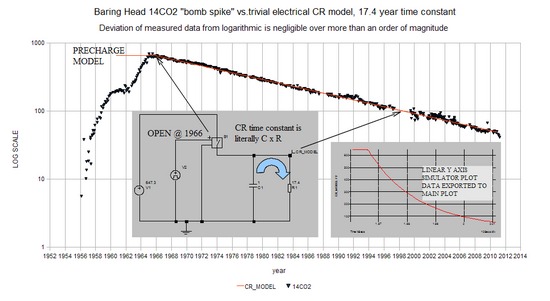My thanks to Tony Thomas for this guest post submission. The mis-education of children with discredited teaching materials is bad enough. To persist with it after being alerted to the problem; unforgivable. We must work hard to eliminate bad science from the curriculum before it leads to the discrediting of the entire scientific endeavour.
Wanted: Remedial education for museum curators
by Tony Thomas : September 13, 2013
Tony Thomas entered this essay “Science museums hotbeds of climate activism” for the 2013 Matt Ridley Prize of £5000 for exposing

These Tolkienian trolls aren’t the only ones lurking at Te Papa
environmental pseudoscience. It made the short-list of ten out of 86 entries worldwide. The organisers commented, “The standard of entries at the top was very high, and there was lively debate among the judges while selecting a winner . The prize was eventually awarded to Michael Ware, for an essay on electric cars.”
Brainwashing of school children about climate change normally goes on out of sight, in the school systems. But you can see it happening publicly by visiting science museums’ displays for students.
The Field Museum in Chicago, for example, is visited by 100,000 students on school tours each year. Other science museums I’ve sampled in the past two years include Te Papa, New Zealand; The Smithsonian Museum of Natural History, Washington; and the Vienna Museum of Natural History. Same story all over: activism targeted at vulnerable students.
I dropped in to NZ’s premier science museum, Te Papa, Wellington in November 2011. Its climate message was that dangerous global warming is upon us. The proof: a blow-up of Michael Mann’s long-discredited Hockey Stick graph, purporting to reveal millennially-unprecedented warming in the 20th Century.
The Hockey Stick was the poster-child of the 2001 report of the Intergovernmental Panel on Climate Change, and of Al Gore’s Inconvenient Truth movie. But the stick was “busted” in 2003 by the forensic analysis of the McIntyre and McKitrick skeptic duo. In its 2007 report, the IPCC tagged the hockey stick with “uncertainty”.[i]
My complaints to Te Papa got a response from scientist Dr Hamish Campbell, who doubled as a Te Papa geologist and curator:
You are perfectly correct: Mann’s ‘hockey stick’ has indeed been substantively discredited.
(more…)
 Owen Paterson, Britain’s secretary of state for environment, food and rural affairs, says effects of global warming could be beneficial. The cabinet minister responsible for fighting the effects of climate change claimed there would be advantages to an increase in temperature predicted by the United Nations including fewer people dying of cold in winter and the growth of certain crops further north. Paterson has long been suspected of being a climate change sceptic. He has previously called for a reduction in the subsidies given to wind farms and other green energy initiatives. Rajeev Syal, The Guardian, 30 September 2013
Owen Paterson, Britain’s secretary of state for environment, food and rural affairs, says effects of global warming could be beneficial. The cabinet minister responsible for fighting the effects of climate change claimed there would be advantages to an increase in temperature predicted by the United Nations including fewer people dying of cold in winter and the growth of certain crops further north. Paterson has long been suspected of being a climate change sceptic. He has previously called for a reduction in the subsidies given to wind farms and other green energy initiatives. Rajeev Syal, The Guardian, 30 September 2013






















